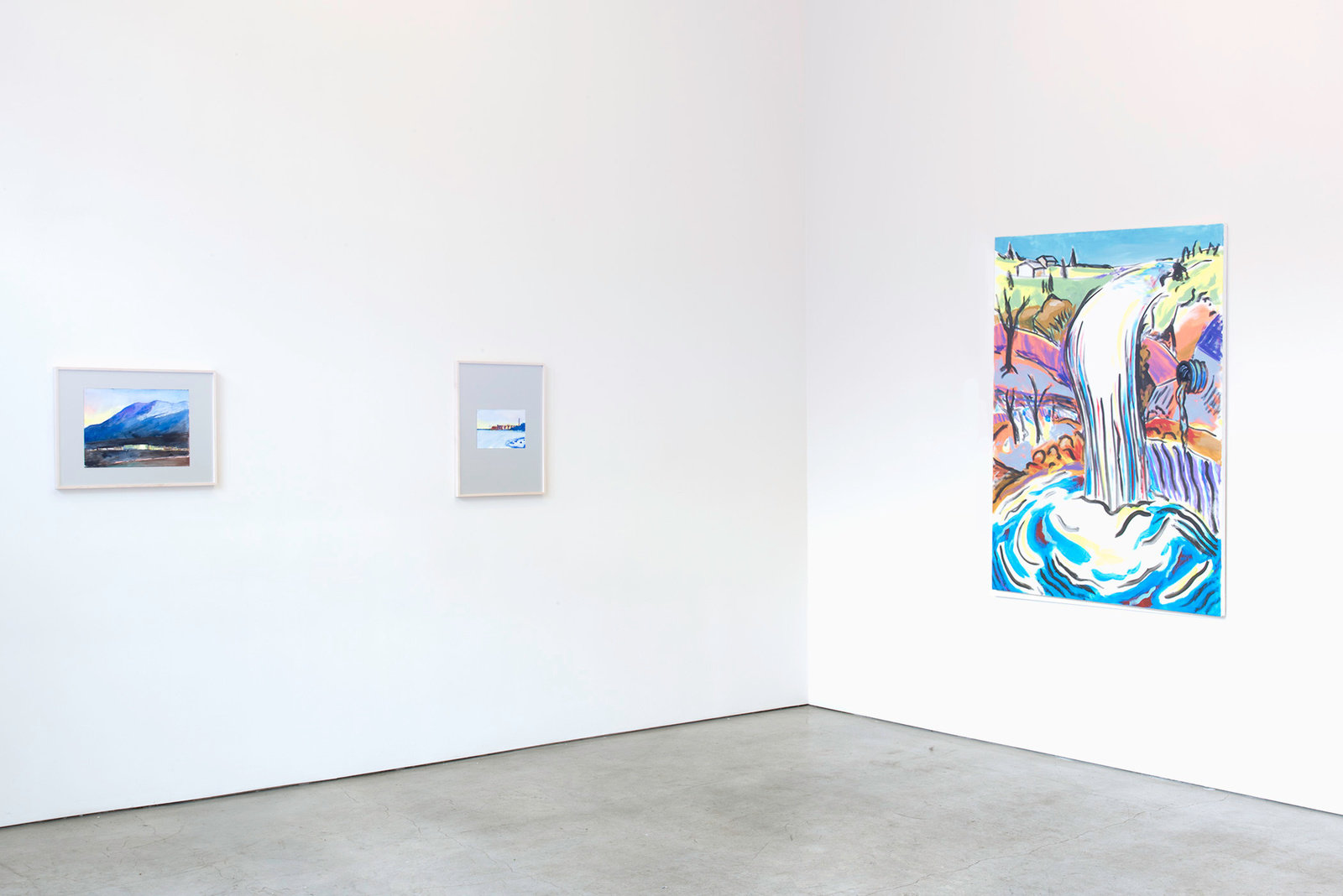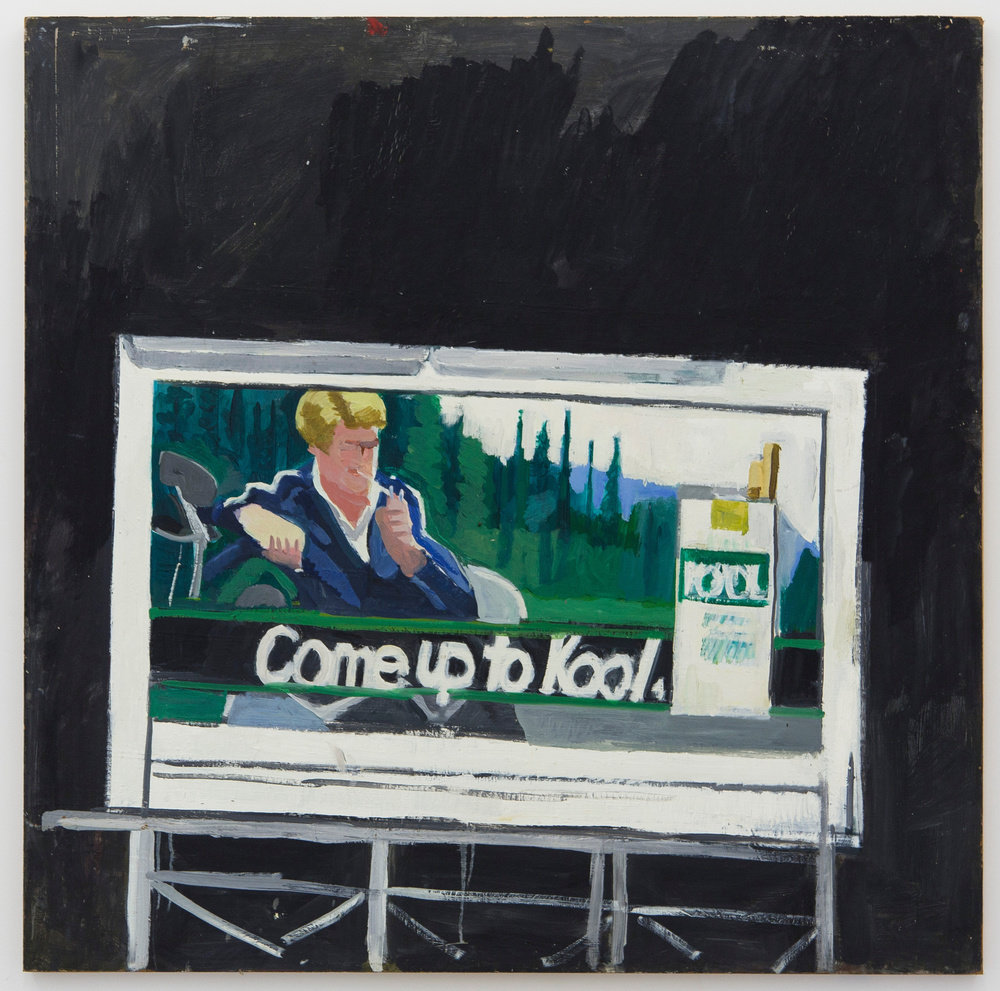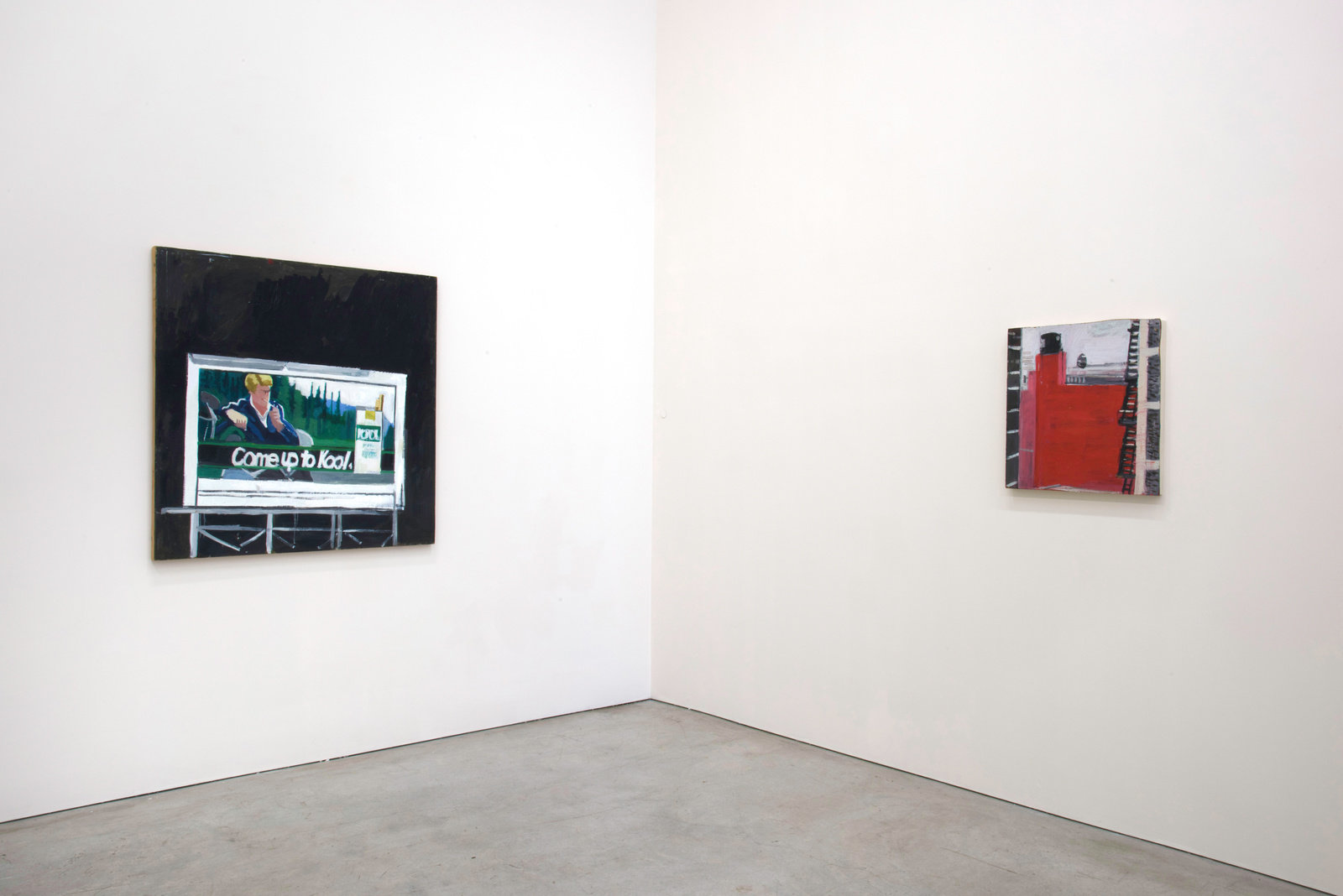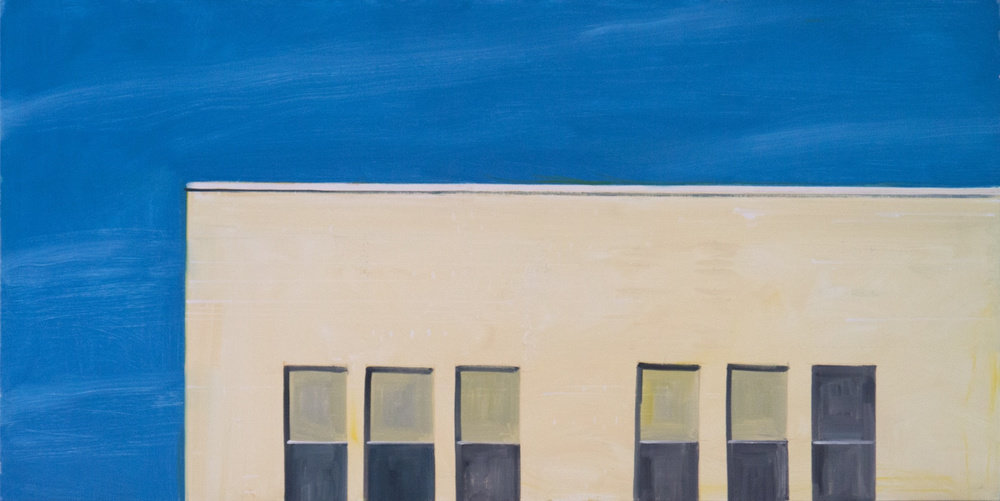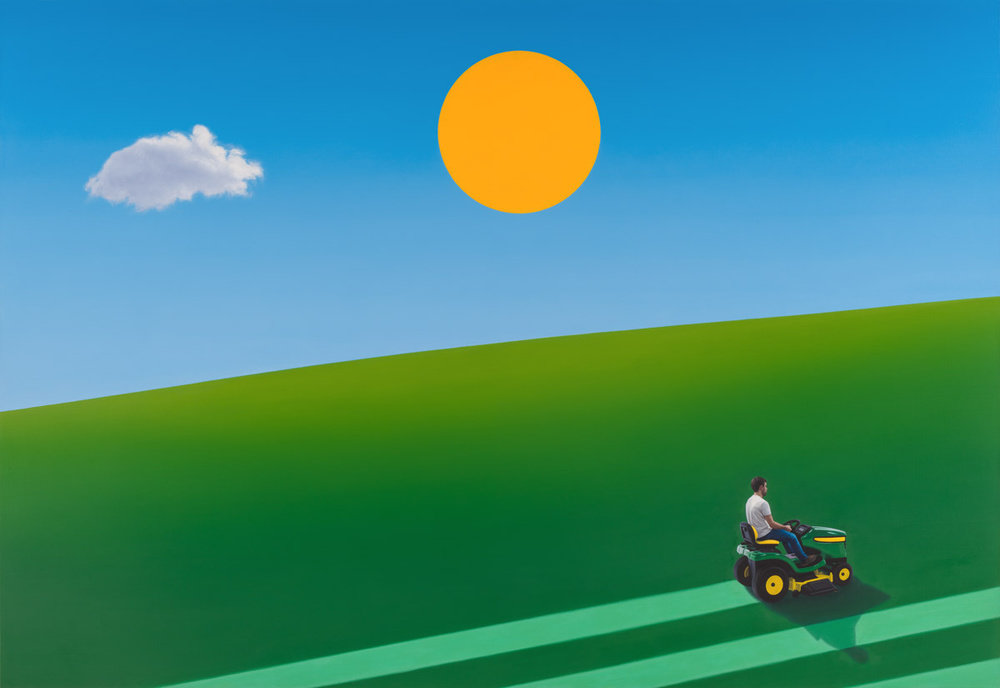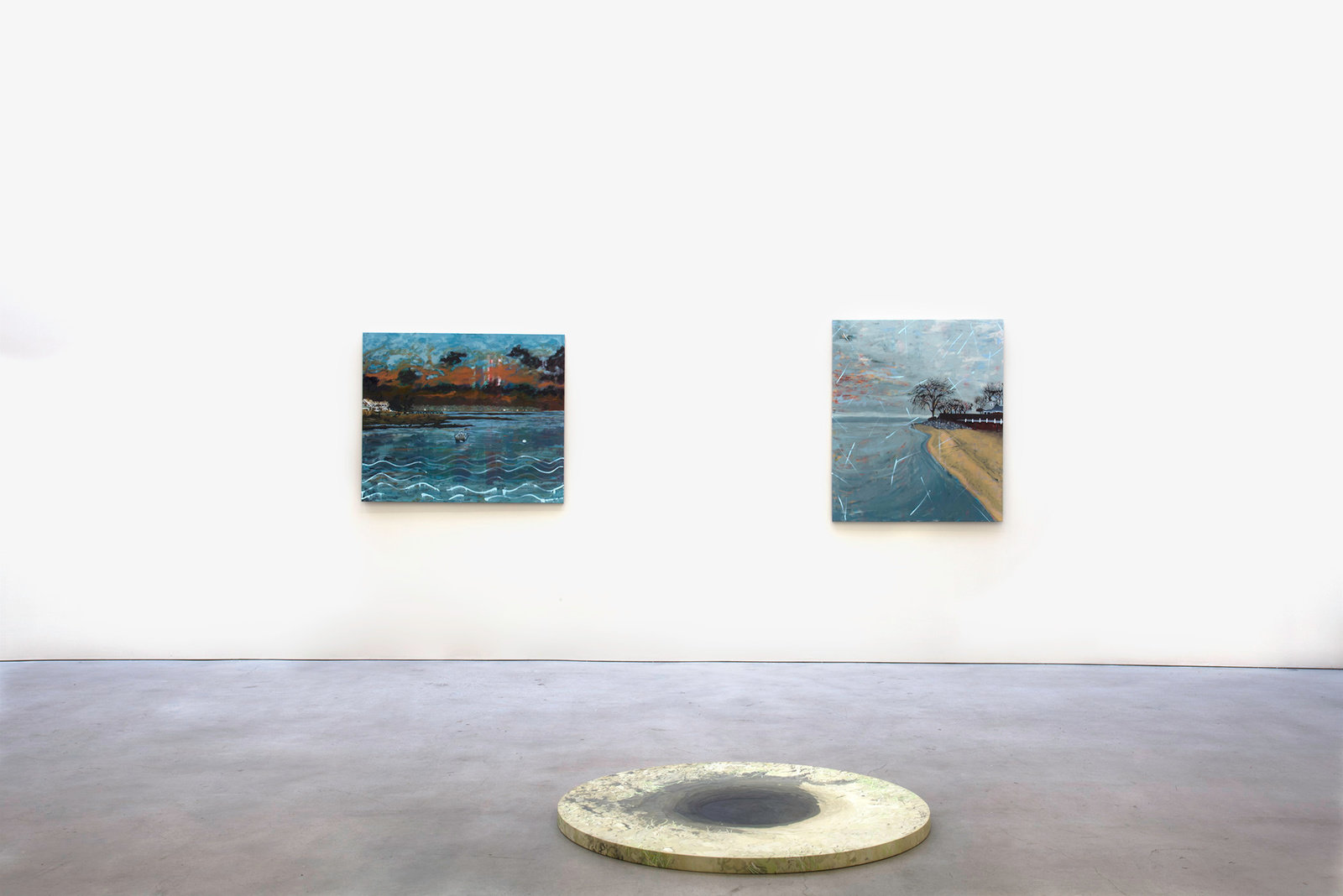For Cezanne, painting’s capacity to depict fundamental truths regarding the nature of things was never in question. Over a century after Cezanne’s death, the real world has dissolved, becoming fundamentally indistinguishable from the virtual world of networks and spectacle. For this exhibition we have chosen to focus on landscape painting, Cezanne’s subject par excellence, to tease out the developments in visual culture that have so fundamentally realigned relations between the artist and the art work, art’s content to its audience, and the art-world to society at large.
When in 1967 Bruce Nauman produced a neon sign saying “The true artist helps the world by revealing mystic truths”, the sentiment was meant to be simultaneously seductive and ridiculous. Nauman had identified the universal condition in which no artist authentically perceives themselves to be a “true artist.” Within a contemporary milieu, the act of painting a landscape has become untethered from any sort of aesthetic ideal, or fantasy of a transcendent experience. Why would an artist choose to make landscape paintings in the era of National Geographic, Google Street View and World of Warcraft? After all, the sublime seems to have taken up residence in designer candles impregnated with meteorites, weird-Twitter feeds and “finding your flow” while reading Infinite Jest. Has landscape painting become an entirely outward-facing act which signals “being an artist” and “doing art”? Is there still some there there?
The artists in this exhibition have recognized the power of the landscape to enact romantic depth while simultaneously plumbing the spectacle of nature in order to invite it to creep back into the discourse on truth as a distorted image of itself. For these artists the painting has lost its privileged place as an end in itself and instead is deployed like a type of scenography. Some artists in this exhibition are considered by the dominant discourse to be over-dedicated to technical proficiency, situating themselves somewhat outside of the 20th century avant garde tradition, while others pursue “bad art” for the sake of critique. Still others seek to realign the earnest attempt to depict one’s surroundings with a commitment to avant garde principles. The diversity of landscapes included in this exhibition represent a selection of positions and alignments that have been pioneered by artists over the last hundred years. Taste, perception, and politics have reconfigured the landscape and rendered it new again, again.
- Nolan Simon
Organized by Jake Palmert and Nolan Simon
Participating artists include:
Mary Ann Aitken, Jason Bereswill, Mathew Cerletty, Rackstraw Downes, Richard Estes, FLAME, Ull Hohn, Alex Katz, John Kelsey, John Marin, Keith Mayerson, John Miller, Jeannete Mundt. Sylvia Plimack Mangold, Nolan Simon, Paul Thek, Betty Tompkins
Works
